Be part of the future with us!
Register now for our online product launch event on May 23rd.
Several common mistakes when planning a satellite mission can lead to delays, increased costs, and other issues. By being aware of these factors, those who are planning to launch a satellite mission can take steps to avoid them and increase the chances of a satellite’s mission success.
These are nine small satellites mission planning mistakes we frequently encounter when working with customers on their missions:
One of the most common mistakes made when planning a satellite mission is buying a launch slot before finding a suitable satellite or mission provider. Purchasing a place on a rocket launch too early can lead to a tight production schedule and increased costs, as the customer may need to rush to find a provider that meets their needs. Selecting the right satellite mission provider is often an iterative process. It can take up to a month for the provider to deliver a proposal. Then the customer needs to review it and return to the provider with questions. This cycle may need repetition several times.
Depending on the launcher, the satellite may need to arrive at the launch pad two or three months before the launch for launch vehicle integration. This timeframe must be accounted for in the project schedule and payload development.
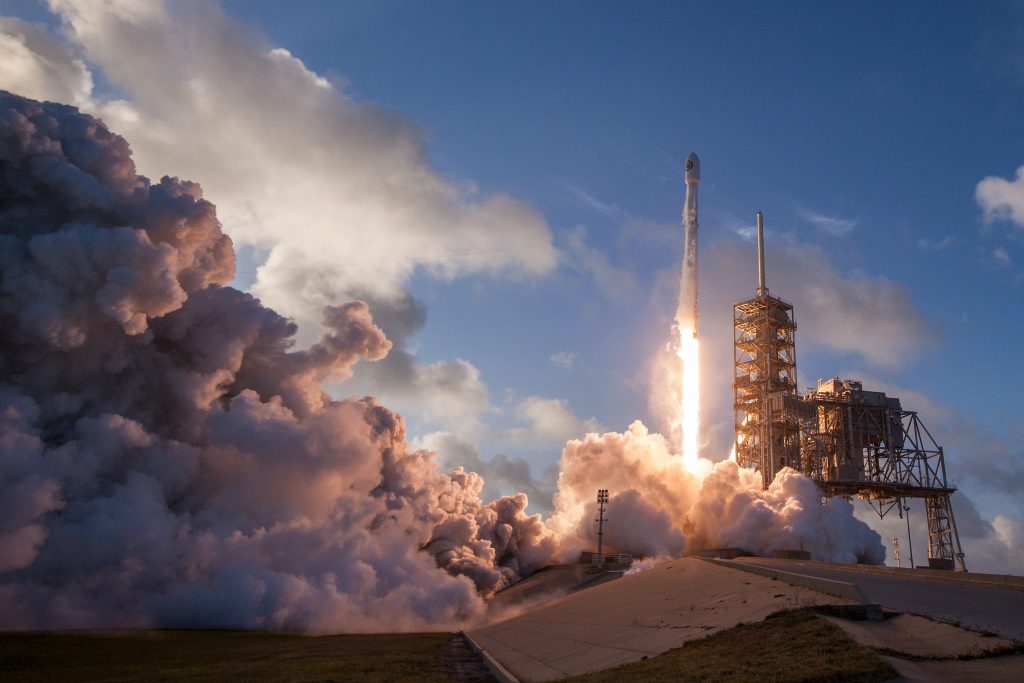
Another mistake often made is taking data or parameters on the provider’s website for granted. It is always good practice to double-check the numbers with the provider, as your concept of operations or operational orbit can impact all those metrics.
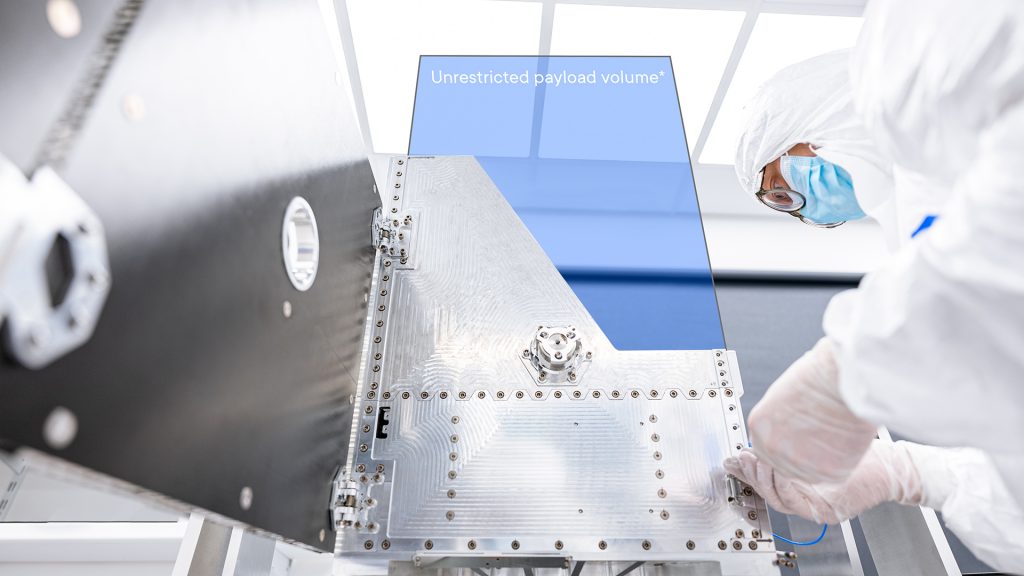
If you plan to operate the satellite, it is essential to consider who will be responsible for its frequency licensing. If you are doing it for the first time, it can take up to 18 or 24 months, depending on the bandwidth.
Scheduling with margins will ensure a better night’s sleep. Apply margins to the satellite provider, your payload development cycle, or your payload supplier. Have a few weeks of buffer for any unexpected delays. It is better to have margins than to delay the satellite launch.
Another frequent mistake is delivering the payload too late. When the payload from the customer reaches us, we perform inspections and functional tests, then full integration and testing. Depending on the payload, these processes can take a week or a few months and require some margins.
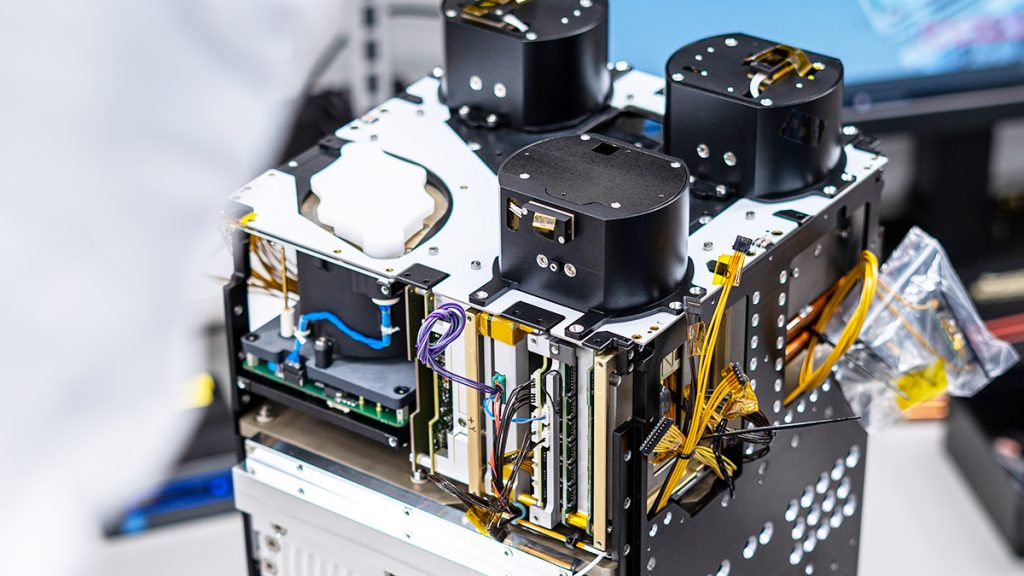
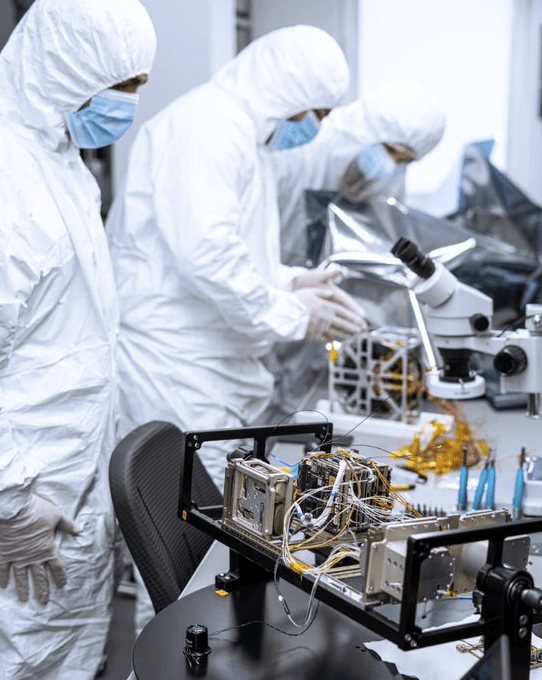
Overlooking what the market can provide may lead to additional NRE (Non-Recurring Engineering) in the satellite design stage. For example, some payloads apply the 10x10x10cm CubeSat standard to the outer dimensions of the payload. This does not fit the inner interface points of typical nanosatellite frames, necessitating custom frame designs. It is always good practice to check with the satellite manufacturer for suggestions on mechanical, power, and data interfaces. NanoAvionics is always happy to provide input.
The length of this process highly differs from country to country. Different countries also have different requirements that a registered spacecraft needs to meet. For example, satellites registered in the UK need an onboard propulsion system to mitigate space debris or collision risks. For these reasons, the satellite registration process must begin as early as possible. To learn more about regulation of satellite systems, check International Telecommunications Union website.
Some missions, for example, doing Earth observation, will be limited in payload operations when orbital maintenance, orbit raising or lowering, formation flying, or phasing maneuvers are being executed. Depending on the chosen propulsion system and maneuver complexity, this can mean up to several weeks of reduced payload operations.
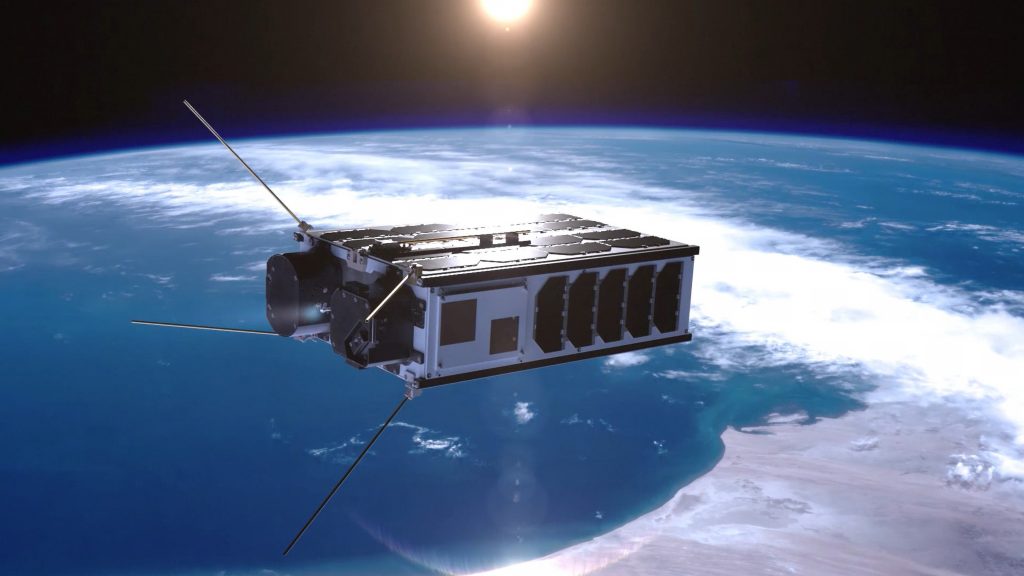
By avoiding these common mistakes, you can ensure that your satellite mission has a higher chance of succeeding. Consider factors such as launch schedule, delivery timing, frequency licensing, and more when looking for a small satellite or CubeSat platform provider. By planning and preparing, you can save a lot of sleepless nights.
If you want to discuss your satellite mission, book a meeting with experts from NanoAvionics team.